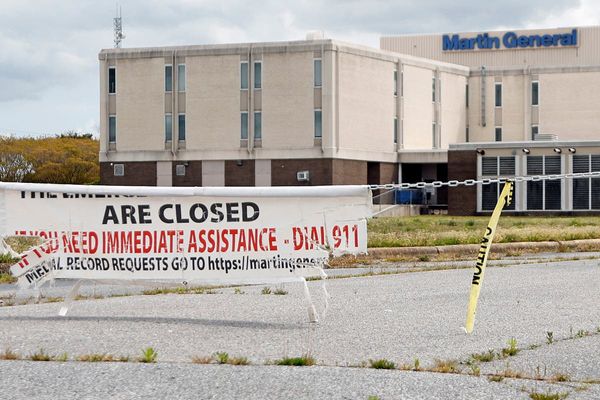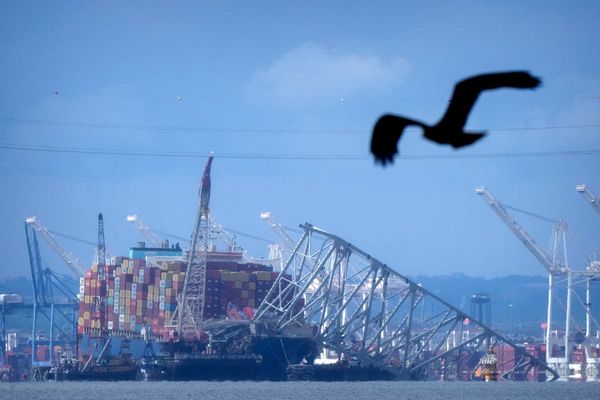
While the Reserve Bank might yet inflict one more punitive interest rate rise on Australians today, it won’t change the trajectory of one of the key contributors to lingering inflation.
In the recent June quarter CPI numbers, the Australian Bureau of Statistics identified new housing costs and rents as among the biggest contributors to annual inflation. On a quarterly basis — the much lower 0.8% result compared with the annual 6% figure — rents and new dwelling costs were still big contributors.
Rents will continue to be a key upward force in inflation but construction costs have moderated significantly over the year to June and should continue to do so. Last Friday, the ABS released Producer Price Index data for the three months to June, showing that both building and heavy engineering construction costs were substantial contributors to producer inflation.
But housing construction inflation for suppliers peaked in June 2022 and reached 0.6% in June compared with 4.3% in the June 2022 quarter. The ABS says what lingering inflation there is relates to the pass-through of higher costs for energy-intensive materials (wouldn’t it be lovely if we could live in Philip Lowe’s world, where you just neatly separate price-gouging by energy firms from the rest of the economy and say it doesn’t matter) and ongoing labour shortages.
Those labour shortages will continue to be a problem in heavy engineering given the pressure governments are applying on infrastructure spending, but will be less of a problem in housing with the decline in construction. The ABS’ building activity data from July (more useful than the volatile building approval data that came out today) shows housing construction seeming to level off at 2019 levels after the pandemic surge.
Though the impact of recent rate rises is still to come, there’s a substantial pipeline of work under way from the boom, suggesting that unless the RBA decides to smash the economy into a wall, the building boom might give way to a more subdued level of activity without a bust. That will, in turn, take more pressure off housing supply costs — though it won’t fix the problem of soaring rents.
Import prices have also been falling, which will also take pressure off inflation, but they’re not falling anywhere near as fast as export prices. Last week’s trade data showed that after surging into last year on the back of the reopening recovery and then surging gas and coal prices after Russia’s invasion of Ukraine, Australian export prices fell by 8.5% in the June quarter — led by oil and gas prices falling more than 20%, while iron ore prices fell 6%. With import prices down just 0.8%, this means the terms of trade fell again.
For the whole year to June, export prices dropped 11.2% and import prices 0.3%
The fall in export prices is being driven by global demand, especially for both thermal and coking coal and gas — the latter fell 20.9% “driven by price falls in oil-linked contract and high European inventories placing further downward pressure on spot prices”, the ABS said.
Metalliferous ores and metal scrap export prices fell by 6.2% (easing iron ore and copper prices), and fertilisers and minerals (lithium) fell by 5.8% in the second quarter on year, “driven by a fall in lithium prices, with long-term contracts reflecting the cessation of subsidies on electric vehicles by the Chinese government in early 2023”.
Bucking the trend was gold. Gold, non-monetary, rose 6.4% in the second quarter, “driven by stronger demand for the safe haven asset amidst ongoing geopolitical and economic uncertainty”, the ABS said. You could add conspiracy theories, which are being peddled to sell gold to elderly right-wing Americans via outlets such as Fox News.
The end of high prices for gas and coal will in turn mean 2023-24 lacks the surprise, tax-fuelled budget surplus we saw last financial year. But those high energy prices are still filtering through to retail contracts, with the approval of energy regulators. That means the current quarter might contain a nasty upward jolt in inflation powered by higher energy prices.
Something the RBA board members might have reflected on in their deliberations on whether to raise rates yet again today.







